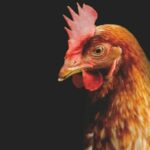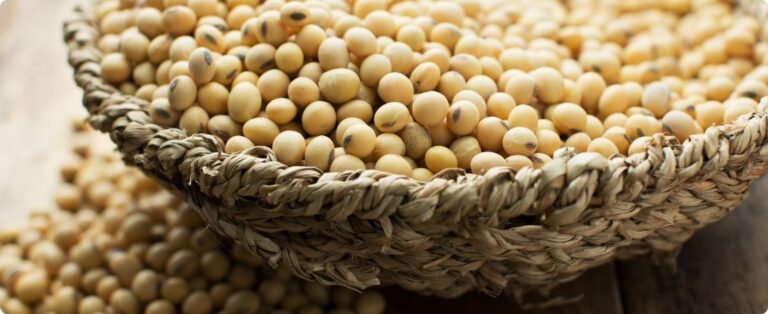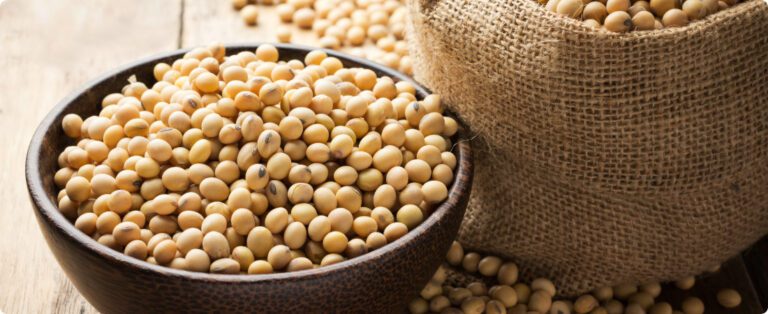
Indonesia is temporarily freezing subsidy distribution for mandatory biodiesel programs Palm oil and replanting due to a reorganization at its palm oil financing agency, an official said on Thursday.
The BPDPKS agency is undergoing changes after the administration of cocoa and coconut funds came under its responsibility, Achmad Maulizal said.
The BPDPKS is tasked with collecting export taxes on palm oil products and distributing the funds to help finance programs such as mandatory biodiesel, replanting and research.
The government has requested BPDPKS to develop the cocoa and coconut sectors, including financing for replanting of both commodities, but has not yet presented details of the scheme.
Maulizal said he is awaiting the new work system of the organizational structure and highlighted that he hopes to complete the transition as soon as possible.
Challenges and adjustments in the B40 biodiesel program
Indonesia is also transitioning to a mandatory higher blend of 40% palm oil biodiesel in diesel, known as B40, instead of 35%.
In November, the agency warned that the higher mandatory blend would require a 68% increase in subsidies.
To ease the cost of financing the subsidies, the government has adjusted the subsidized volume. The agency will subsidize only about 7.55 million kiloliters (kl) of biodiesel this year. That number represents less than half of the planned total of 15.6 million kl.
According to Ernest Gunawan, secretary general of the biodiesel producers association (APROBI), the subsidy freeze should not impact biodiesel distribution. However, this will only be valid if the freeze does not last more than three months. “As long as our invoices are paid within 90 days, we will be safe,” he said.
“As long as our invoices are paid within 90 days, it should be safe,” he said.
Gulat Manurung, president of the Apkasindo smallholder palm oil producers’ association, said the group had not yet received information about the freeze. He noted, however, that the government had allocated funds to replant 120,000 hectares of land this year.
Source: Bernadette Christina Munthe, Dewi Kurniawati and Fransiska Nangoy | Notícias Agrícolas















